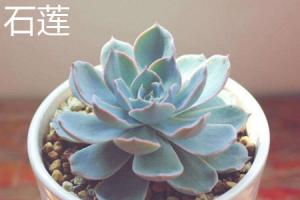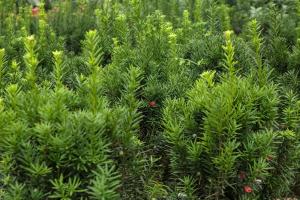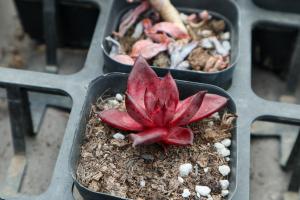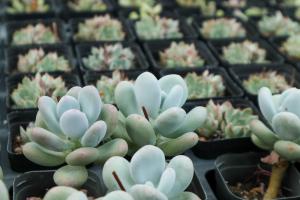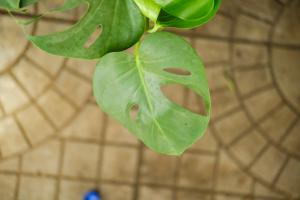Introduction
Tomato plants are known to be heavy feeders, especially when grown in a potted environment. A key factor for their growth and development is the soil composition. Dolomite, a mineral rich in calcium and magnesium, has been demonstrated to provide the necessary nutrients for tomato plants. However, the question still remains: how much dolomite should be added to potted tomato plants?
Factors influencing dolomite application
Before answering the question of how much dolomite to add to potted tomato plants, it is important to consider some factors that may influence the application of this mineral in the soil. These factors include soil pH, plant age and size, and the desired yield.
The ideal pH range for tomato plants is between 6.0 and 6.8. If the soil pH is too low, application of dolomite may be necessary to raise pH levels. Similarly, dolomite should not be applied to soils with high pH values, as this can lead to over-alkalinity and soil nutrient imbalances.
The age and size of the tomato plant also play a role in determining the amount of dolomite to apply. Younger plants require less dolomite than older, larger plants. Additionally, the level of dolomite application should be adjusted to the yield expectations. It is important to consider these factors when deciding on how much dolomite to add to potted tomato plants.
Dolomite application quantities
While the amount of dolomite to add to potted tomato plants may vary depending on individual circumstances, there are general guidelines that can be followed:
For newly planted seedlings, adding one tablespoon of dolomite per gallon of soil is enough to provide adequate nutrients.
For established plants, adding two tablespoons of dolomite per gallon of soil is recommended.
If soil pH levels are significantly low, a higher amount of dolomite may be necessary, up to four tablespoons per gallon of soil.
Application methods
Dolomite can be applied to potted tomato plants in several ways. One method is to mix dolomite into the soil before planting. Alternatively, it can be top-dressed onto the soil surface and worked into the top layer. It is important that dolomite is applied evenly and not concentrated in one area of the soil. Watering after application will help to distribute dolomite evenly throughout the soil.
Conclusion
Dolomite is an important mineral rich in calcium and magnesium, which are crucial nutrients for tomato plants. However, the amount of dolomite to add to potted tomato plants depends on various factors, including soil pH, plant age and size, and yield expectations. General guidelines suggest adding one to two tablespoons of dolomite per gallon of soil for newly planted and established plants, with higher amounts for soils with low pH. Dolomite can be applied by mixing into the soil or top-dressing, and it is important to water after application to ensure even distribution. By considering these factors, the ideal amount of dolomite can be added to potted tomato plants to promote healthy growth and development.

 how many times do yo...
how many times do yo... how many planted tre...
how many planted tre... how many pine trees ...
how many pine trees ... how many pecan trees...
how many pecan trees... how many plants comp...
how many plants comp... how many plants can ...
how many plants can ... how many plants and ...
how many plants and ... how many pepper plan...
how many pepper plan...
